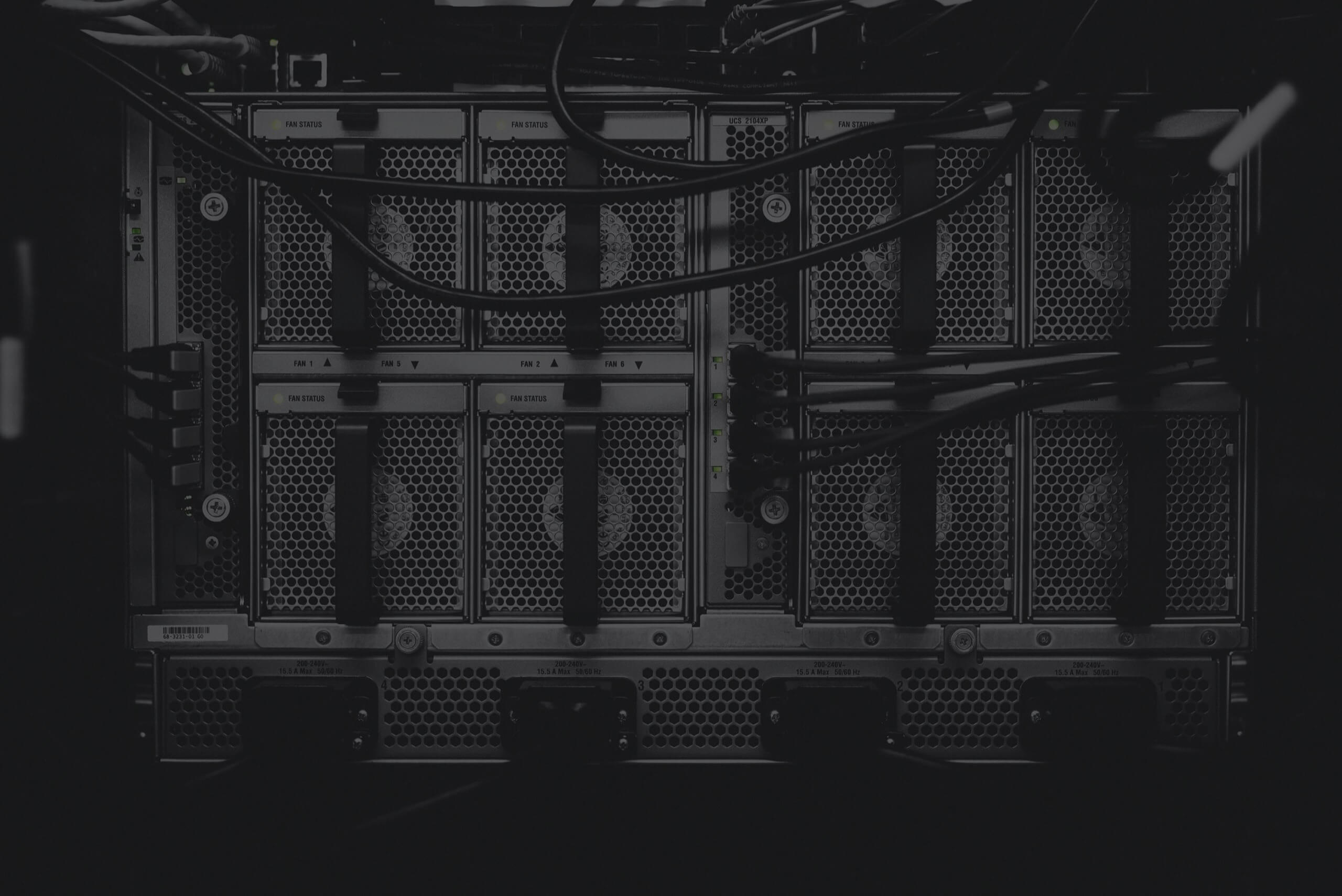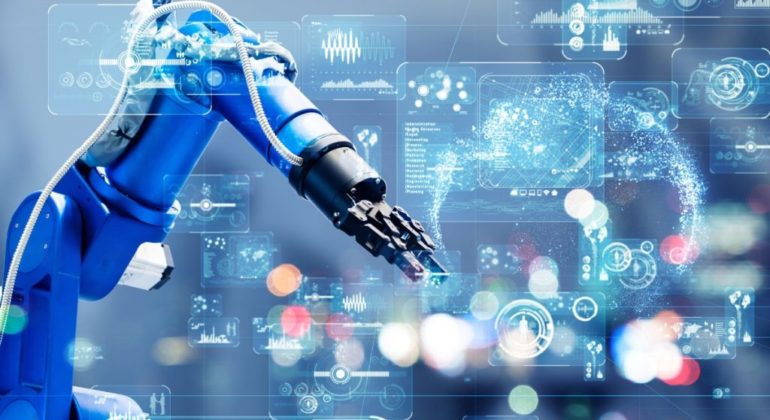Technology adoption has long been the biggest driver for making manufacturing faster, cheaper and more efficient. While organizations have continued to routinely double down on investments in next-generation technologies to drive growth and profits, the global pandemic has greatly accelerated this trend by highlighting the inherent vulnerabilities of the manufacturing industry when faced with unexpected disruption to human labor.
AI-driven business intelligence enables manufacturers to predict and react to supply chain issues, production challenges and equipment performance before a problem arises
When having employees on-site, whether in factories or warehouses, became a security issue, manufacturers were forced to deal overnight with the reality of managing operations remotely or risk shutting down. After a difficult few months, many have successfully executed their back-to-work strategies, but the road to recovery highlighted the enormous opportunity that data management and advanced analytics tools offer for your business in the long run.
By extracting and analyzing data from their plants, manufacturers immediately have a clearer picture of operations and equipment performance, leading to greater efficiency. But the next step is where the real opportunity has been identified: by feeding this data into the artificial intelligence software, its viewpoint changes from reactive to proactive. AI-driven business intelligence means manufacturing leaders can predict and react to supply chain issues, production challenges and equipment performance before a problem arises. In fact, ABI Research expects global manufacturers to spend nearly $20 billion by 2026 on data management, analytics and other advanced capabilities, up from about $5 billion this year.
The question is not whether manufacturers will continue to increase their focus on automation and business intelligence technologies, but how. The investments and approaches companies take today will define their success in the future and smart organizations will think beyond their bottom line and focus on sustainable implementation.

Why business intelligence starts with understanding the business experience
The most successful companies don’t just react to problems when they occur; they try to predict and mitigate potential problems before they occur. This knowledge comes from monitoring every interaction people have with a process or business to detect opportunities for improvement and focus on understanding the “why” rather than the “what”.
On the one hand, slow technology adoption can cause manufacturers to fall behind in production efficiency. On the other hand, if the transition is too fast and your workforce is not prepared, productivity will also be impacted. As organizations transition to new work processes and technologies, ongoing engagement with employees has become a necessary requirement to enable optimization.
Focusing efforts in three key areas can help manufacturers ensure their readiness for technology deployment and ultimately drive long-term efficiency, productivity and a culture of innovation.
- Invest in employee training and identify the ideal skill set. Employees will need new and additional training to elevate them beyond their current roles, but this will not be a simple process. Organizations need to know if their current employee base is ready for this type of training (or if they will have to look elsewhere) and if the skills they consider critical are having the expected impact on their business. Of the 4.6 million manufacturing jobs expected to become available over the next decade, 2.4 million are expected to go unfilled due to the skills gap, according to Deloitte and The Manufacturing Institute. With the pool of useful skills that were brought to light by the economy in COVID times, now is a great time for manufacturing leaders to reconsider what skills their organizations will benefit from and explore potential new hires.
- Implement experience-based checkpoints. Employee retraining and technology adoption must move at the same pace. Traditional operational metrics (KPIs) will indicate if there are problems during the implementation of a new technology, but only implemented checkpoints based on experience with legacy processes can reveal the true root causes of those problems.
- Identify the tipping point where humans and automation fit together. An organization must have confidence in the ability of its workforce to fulfill new roles before transitioning to deeper automation. It is not that digital capital will replace human capital, but that automation will make people’s work and contributions more meaningful.
The efficiency and foresight measures a company adopts will ultimately determine its long-term success, but there is growing evidence, driven by the pandemic, that the way a company treats its employees is having a strong impact on consumer decision-making. Time will tell, but the companies that invest in technology while ensuring the success and development of their employees will likely be the companies that thrive in the future.
(Source: devprojournal.com)
Consult our technical support
here
.




